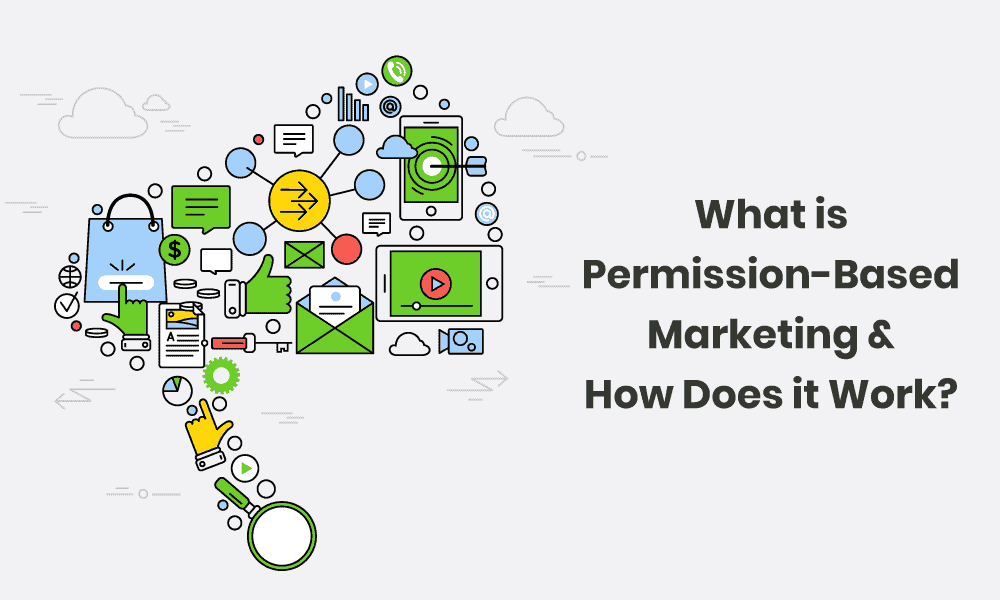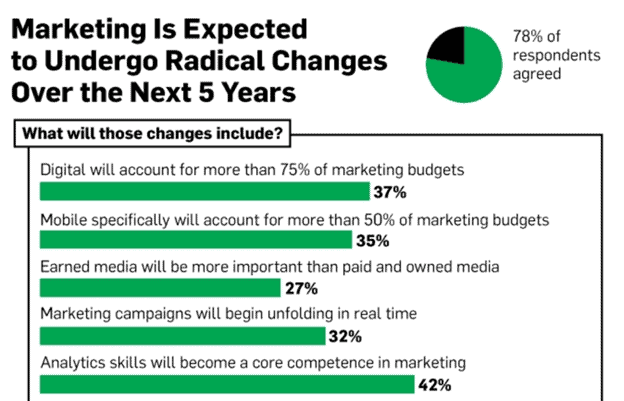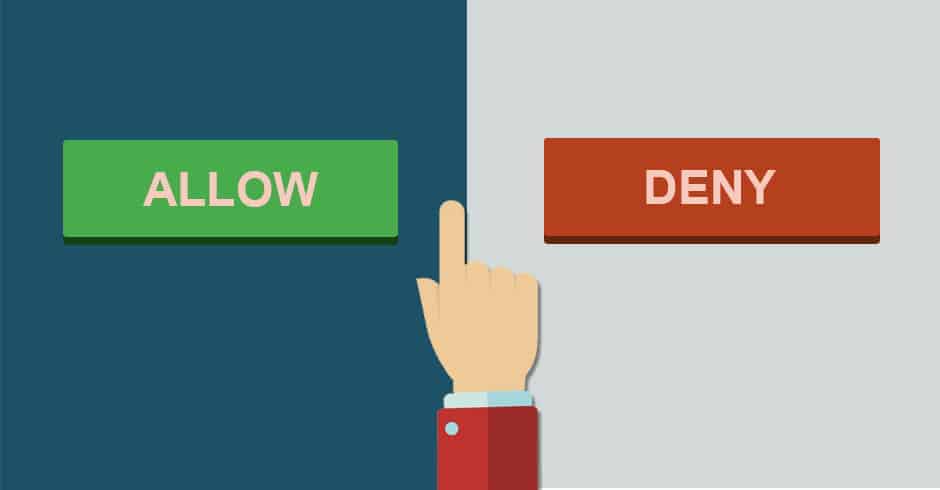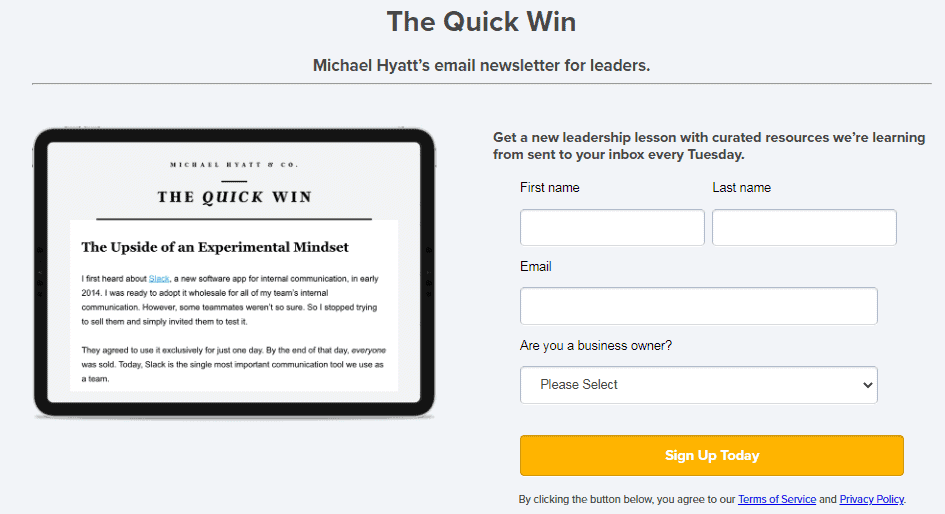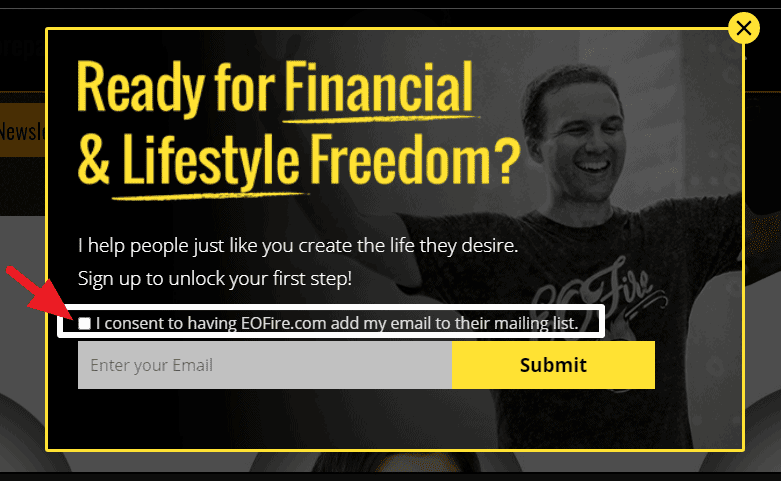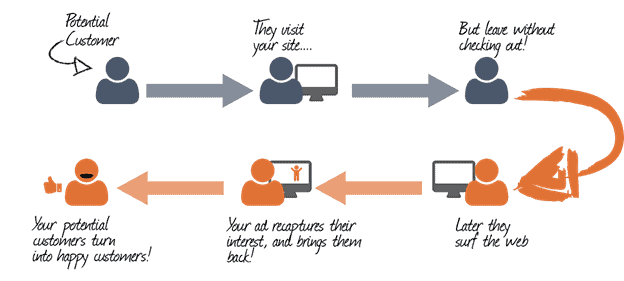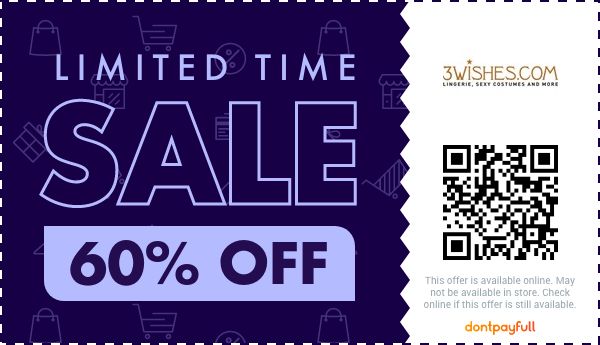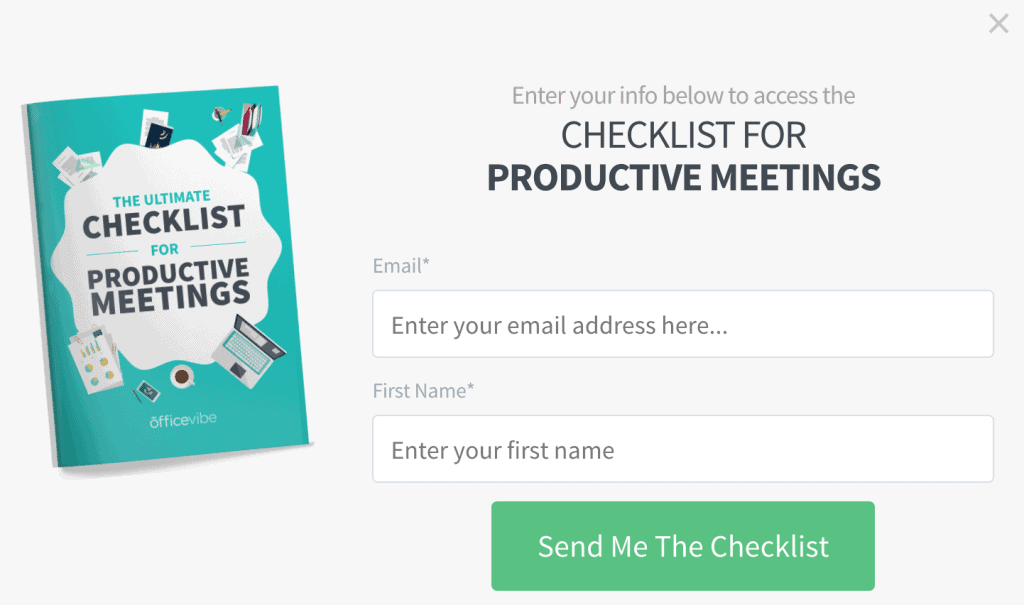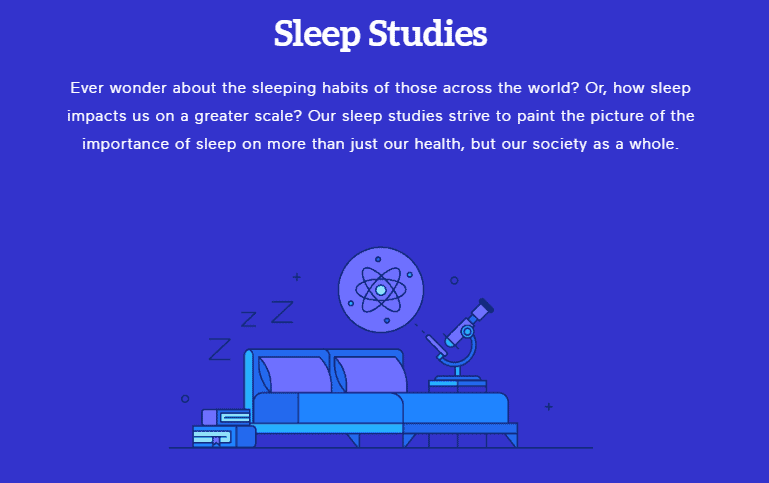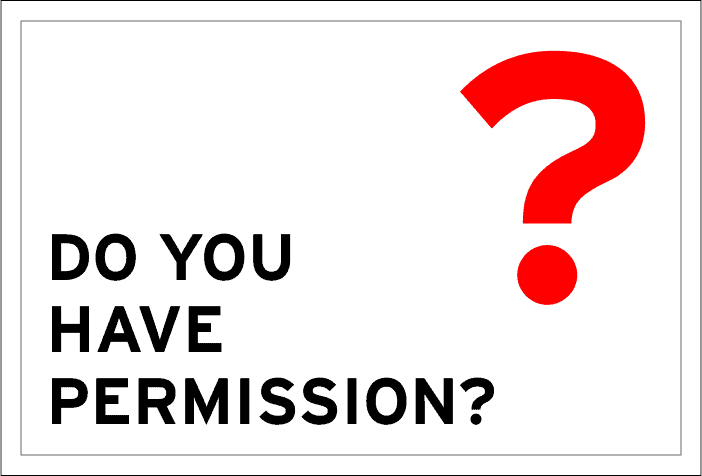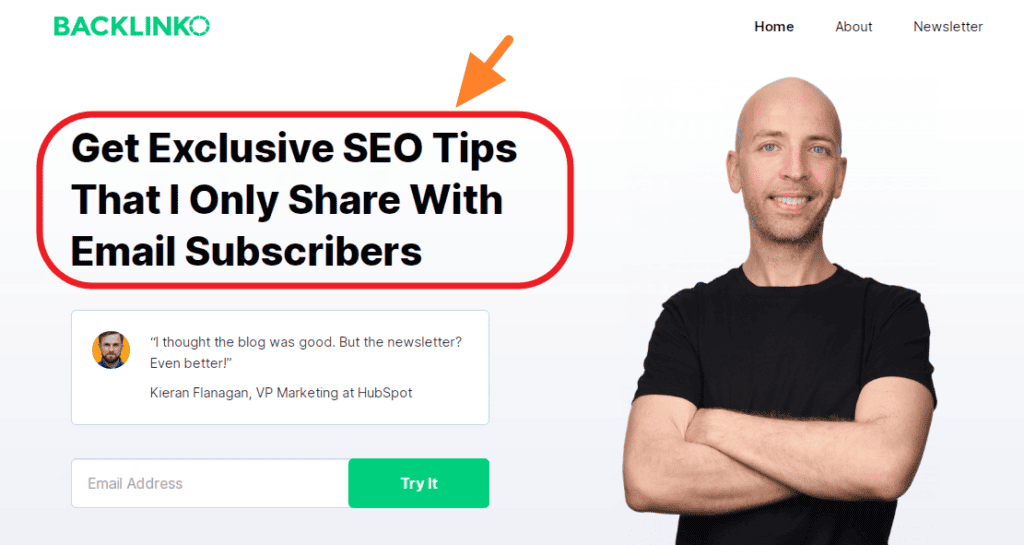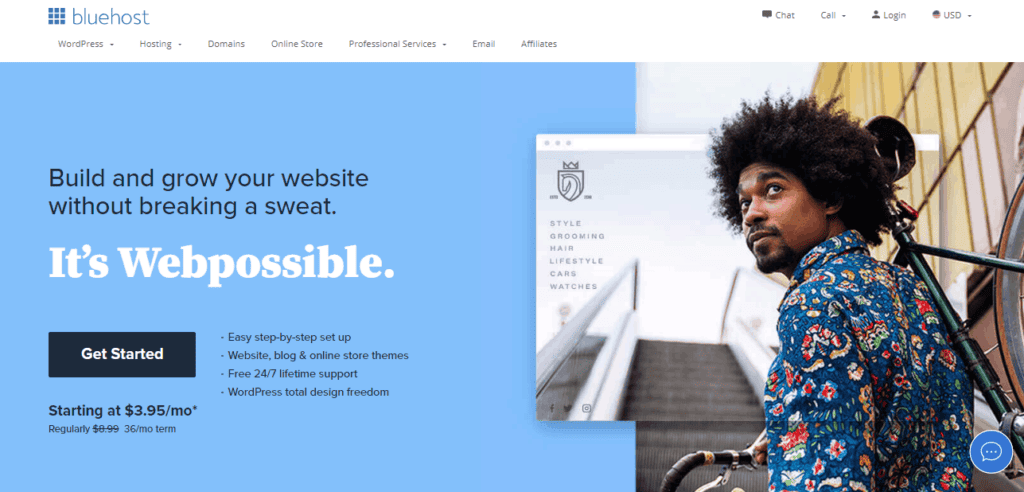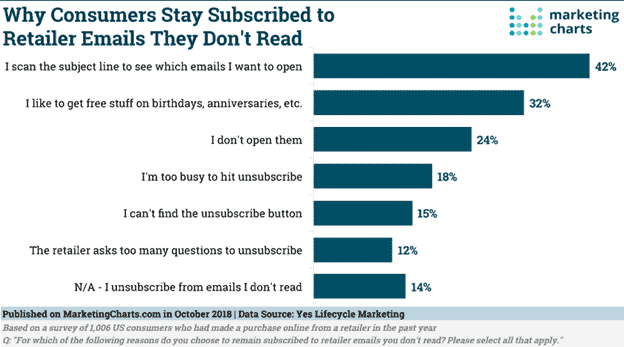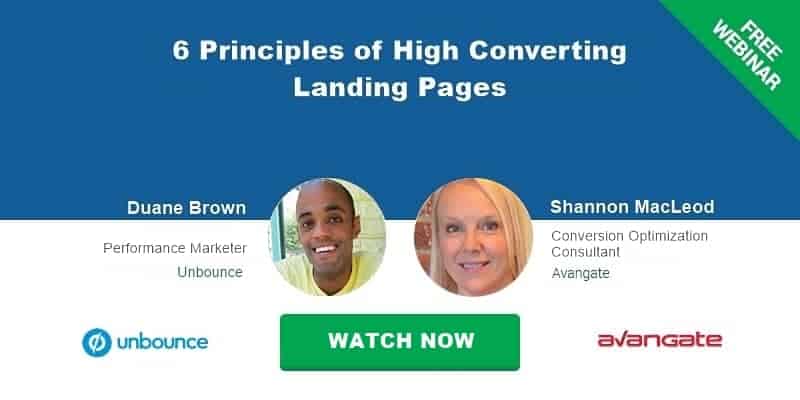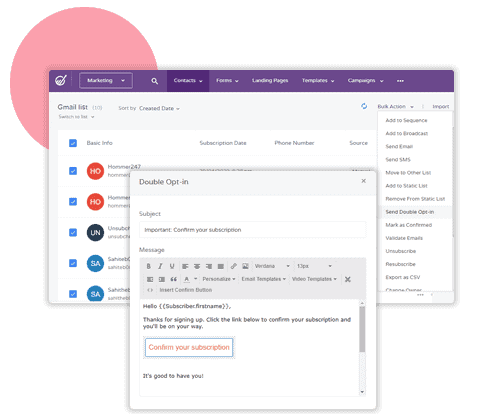Marketing is evolving rapidly.
You should adapt to the changes and benefit or get crushed by the competition.
The truth is consumers are getting smarter in their decision-making processes.
Gone are the days when companies tell them the products to buy.
They’re listening to several online channels, getting recommendations from other consumers, and leveraging word-of-mouth marketing now than ever.
Several studies are showing that consumers want to be interacted and engaged with. They want to be involved in and support your cause.
This is earned media at its best — and it’s predicted to be more important than owned or paid media in the next 5 years.
As an online marketer, it’s time to start listening to your target audience.
Stop shouting at them, that’s interruptive — and it could ruin your chances of scaling your business.
Since consumers are now selective in their choice of products, services, and experiences, you need to embrace permission-based marketing.
Table of Contents
What is Permission-Based Marketing?
The term “Permission marketing” was coined by Seth Godin, the renowned author, and marketer in his book by the same title.
It was in early 1999 when online marketing was gaining a lot of attention.
Permission marketing (or permission-based marketing) simply refers to a type of marketing strategy where brands focus on getting consumers’ permission before they can send them additional information or serve them promotional offers.
If you’ve ever signed up to receive product updates, followed a brand or marketer on Twitter, or entered your phone number to test a software demo, you’re already involved in permission-based marketing, which can be either:
- Implicit permission
- Explicit permission
In explicit permission, the user decides to physically (i.e., by inputting their email address or phone) receive marketing content from a brand or company.
Whether you’re involved in cold calling or using a predictive dialer, you still need some form of permission before engaging with prospects on the phone.
Talking about explicit permission, here’s a good example from Michael Hyatt’s Quick Win newsletter where users are expected to fill out the form deliberately:
While in Implicit permission marketing, the user is expected to pre-check opt-in boxes on forms, which they can uncheck if they choose not to receive marketing or promotional messages from the company.
If you operate within the health and finance industries, it’s important to be careful of the type of content you share with people.
For example, health practices that send out medical alerts to people must first get express permission from patients before they can do so.
Implicit or implied permission like the one below isn’t enough.
Note: New privacy regulations like GDPR no longer count implicit permissions (checking a box or clicking a button) on forms, the user has to enter their contact information willingly.
Permission Marketing vs. Interruptive Marketing
So how does permission marketing differ from interruptive marketing?
Well, the purpose of interruptive marketing isn’t to get permission from users before they get marketing messages.
Sometimes, this type of marketing can be intrusive and annoying. Because users never asked for it.
Some examples of these interruptive campaigns included display ads, bulk email to purchased email addresses, sponsored content on social media, etc.
There are several digital marketing courses on Udemy and Coursera that will keep you up-to-date on the right way to approach this type of marketing.
Don’t neglect them.

Permission Marketing vs. Permission Advertising
Where is the thin line between permission marketing and permission advertising?
Essentially, when we’re referring to permission marketing, we’re more concerned about using free methods to get customers and retain them.
It could also entail getting permission from customers before using their content.
For example, Infinite Recovery, a medical practice that offers recovery services in its Austin detox center asks patients to send their recovery stories and indicate if they would love to share it to encourage new patients.
Here are some of the recovery stories:
On the other hand, permission advertising uses paid advertising methods such as Retargeting ads, which involves getting some form of permission before sending the same message, content, or display ad to the same customer who didn’t take action when they first saw it.[*]
Benefits of Permission-Based Marketing (Is It Worth It?)
Is there any value in investing time and resources into what customers want to see?
Of course, there are tremendous benefits, which include:
1. Customer loyalty
According to Inc., loyal customers spend 67% more than new ones.
It’s a lot easier to build loyalty when you serve your existing customers exactly what they want to eat.
The best stewards and waiters only serve the right meals (as requested by the customer).
If you want to build customer loyalty, you must listen to their words, observe their behaviors, monitor their actions on your website and wherever you’re sharing your brand messages.
In addition to loyalty, you’ll also build a brand reputation, establish stronger client relationships, and record increased customer engagement.
Ecommerce brands are strengthening their customer loyalty by offering free shipping, coupon codes, etc.
A favorite example of mine is how 3Wishes, a clothing and costume eCommerce store offers 60% discount to its existing customers to encourage them.
2. Generate targeted leads
Aside from getting new leads, you’re assured of the quality because when people opt-in to your email list, they’re showing a keen interest to learn more about your brand, your services, and your culture.
It goes beyond buying products from you, they also get to experience a new lease of life.
That’s why it’s important to always use lead magnets (e.g., eBooks, email courses, white paper, free trials) to entice the prospect and get them to trust you.
Once the trust has been established, it’d be easier to get them to subscribe to your email list.
3. Increased relevance
Do you want to earn respect in your industry?
Then embrace permission-based marketing.
In other words, only send your marketing messages to customers who need them.
For example, Eachnight.com, a brand that sells mattresses engages its customers by publishing exclusive sleep studies to help them sleep better.
When customers are aware of the importance of better sleep, they will be considering getting a new mattress.
When you successfully convince consumers to subscribe to your marketing communications, they will be excited to do so if those messages are relevant to them.
In the words of Kayla Carmichael:
If you sign up for Starbucks Rewards, it’s likely because you love their drinks and think the incentive of earning points for each vanilla latte you buy is a pretty good deal.
When your marketing messages are more relevant and tailored to the needs of the visitor, then they are more meaningful and helpful.
It makes the visitor more likely to click and engage with them.
That’s why personalization and relevance go hand in hand in influencing buying decisions.
4. Lower cost, higher return
What do you think would happen to your ROI if your messages reach the right people?
It’d skyrocket, I’m sure!
Relevant messages not only lead to high ToFU (Top of the Funnel) marketing KPIs like brand awareness, CTRs, and page views, you’ll record increased return as your messages smoothly progress through the funnel.
That’s why companies that excel at ‘Lead nurturing’ acquire 50% more sales-ready leads while reducing the cost of acquisition by 33%, according to Invespcro.
It doesn’t matter what industry you’re in, driving qualified leads to your marketing funnel is the proven way to make more money.
Companies like Hotjar, Addjoi, and Marketo run online campaigns that are aimed at attracting only the right people. It’s all about the messaging!
For example, the Facebook ad below only targets companies that are interested in social media marketing, and not blogging.
Permission-Based Email Marketing Best Practices
Ultimately, permission-based marketing is driven by email marketing.
When you send the right follow-up emails to subscribers who have asked for them, you’ll enjoy the benefits of higher open and click-through rates (CTRs).
This gives you the chance to drive traffic to your website and boost sales.
That means a higher ROI for your marketing efforts.
That being said, here are some email marketing best practices to keep in mind if you want to excel as a permission-based marketer:
i. Get permission first
The importance of getting express permission from the visitor/potential customer to send them marketing messages cannot be over-emphasized.
It’s the pillar of every thoughtful marketing strategy — and should take it to heart. Get express permission first, then send emails with confidence.
The rule applies whether you’re a WordPress blogger or you’re driving sales to your Shopify website.
Let users give you a ‘go ahead’ first before you start sending emails.
ii. Be clear about what people are getting
Never send content that users don’t find useful.
When someone opts into your email list, your welcome emails and follow-up emails must tell recipients who you are, how many emails to expect, and how often these emails will arrive at their inboxes.
For example, Brian Dean tells the visitor exactly what they will get from his newsletter.
Email frequency is critical.
If your email stated the frequency to be twice per week, weekly, monthly, or yearly, the subscriber can decide to opt-out if they’re uncomfortable with it.
Yes, they should be able to opt-out at any time (which means you no longer have permission to send messages).
Also, make sure you let the recipients know the type of content they should expect from you.
Since they signed up for a specific piece of content, if the ongoing content doesn’t appeal to them, they have the right to opt-out of the email list.
iii. Never purchase a contact list
If you spend hundreds or thousands of dollars to buy an email list that you never built from scratch, you don’t have permission to send marketing messages to those recipients.
There’s no shortcut or easy way around it. “Buying an email list is illegal, it’s a bad digital marketing karma,” says Emil Kristensen.
Since the people on the ‘purchased’ contact list haven’t given you express permission to email them, how do you think they will be interested in what you have to offer?
It’s quite slim.
Purchasing an email or contact list is worthless.
Worse, it’s the easiest shortcut to damage your brand’s reputation when you send emails to people without their explicit permission.
Although established companies like Amazon, Bluehost, Starbucks, and the like can afford to purchase a huge email list, yet, they chose to build from scratch by making it a lot easier for users to get started quickly.
Bluehost offers one of the cheapest hosting plans to entice website owners to sign up today.
iv. Never hide the “opt-out” button or link
In permission-based marketing, keep in mind that people have the right to unsubscribe from your mailing list.
Of course, we’d all be excited if nobody ever opted out of our marketing emails, but it never happens.
While it’s hard to get people to subscribe to your email list, you must not take control from there.
They reserve the right to leave whenever they feel that your content is no longer useful to them.
HubSpot, for example, ensures that the “unsubscribe” link is visible on every email sent.
You’ll hurt your brand if you clutter their inbox with unwanted emails.
Your emails could be marked as spam if subscribers can’t find the “click here to unsubscribe” link or button.
Too many spam complaints will lead to some serious problems with your email service provider.
No matter the type of emails (welcome, product updates, promotional emails, cart abandonment emails) you send, make the opt-out button easily accessible.
You might even remind them that they can unsubscribe if they’re no longer happy with your content.
Don’t remind them often, though, every other month is fine.
v. Stop sending too many emails
One of the major reasons 78% of people unsubscribe from brand emails is because of too many emails, according to this study.
Funny enough, 18% of people are yet to unsubscribe, not because the emails are great, it’s because they’re too busy to hit the opt-out button.
Aggressive email marketing is bound to fail.
Aside from having your emails marked as spam, you’ll successfully dent your brand and annoy potential customers with too much information.
I’m talking about the same people who have initially indicated an interest in your emails.
In any form of marketing (email included), quality is always better than quantity if you want to maximize ROI. Think about it.
Permission-based Marketing Examples
To help you understand what permission-based marketing really looks like in the real world, here are some examples for your inspiration:
1. Webinars
Webinars are arguably one of the subtle ways you can ‘nudge’ the right people to permit you to send them email marketing messages.
When you use one of the best webinar software platforms (such as WebinarJam, Zoom, EverWebinar), it becomes pretty easy to host a webinar.
It’s even easier to set up a webinar page compared to packaging a white paper.
Savvy brands are leveraging on the subtle nature of educational webinars to win new leads and customers.
Unbounce, for example, hosts webinars several times a month — where landing page complexities are simplified.
They have used webinars to gather together digital marketing experts to join and participate in a lot of useful and interesting webinars.
What a great way to deliver the best customer experiences?
The webinar content is high-standard, presented by industry-leading experts, and they’re geared towards a specific target demographic.
Whether you’re a teacher, freelancer, or digital marketer, webinars can help you educate, inform, or inspire your target audience and sell your products/services.
Webinars are also handy for remote working teams — for education, reviews, brainstorming, etc.
2. Opt-in forms
I’m sure you have seen or used opt-in forms on your landing pages and blogs.
They obey permission-based email marketing rules.
Confirm customer interest level by adding an additional step to the email subscription opt-in process with the double opt-in feature in EngageBay.
A typical opt-in form uses a lead magnet (an eBook, training video, free email course, free trial, etc.) to inform the user of what they stand to gain if they subscribe.
In turn, it also shows what type of emails (informational, promotional offers, news) they can expect to receive in their inbox.
On most web pages, the opt-in will appear on some part of the page with a striking CTA like “subscribe here” or “Sign up for our mailing list” to learn more.
Website visitors expect a particular thing when they arrive. Opt-in campaigns tell exactly what the user is getting into even before they enter their email address.
This would greatly reduce unsubscribes and prevent violations of the GDPR or the CCPA — if you’re operating in California.
3. Loyalty cards
Loyalty cards embrace the concept of permission-based marketing.
When users sign up for a loyalty program, they willingly enter their contact information and permit the brand to use that information to send them promotional offers.
Virgin Atlantic Flying Club, among other airlines, is creatively using this marketing strategy to get user permission before sending promotional offers.
The goal is to help travelers earn miles and then use them for future flights.
This is typical of any airline, but Virgin Atlantic goes the extra (high) mile.
It’s Flying Club (a customer loyalty program) lets members earn tier points.
This is divided into three loyalty tiers:
- Club Red
- Club Silver
- Club Gold
Each of these tiers offers specific benefits to members that are loyal and committed to flying with Virgin Atlantic.
Of course, the brand’s ultimate goal is to hook the members to continue using their services.
There will be benefits at the early stages. In general, though, the brand benefits the most.
Conclusion
Having understood what permission-based marketing is, how it works, its benefits, and some real-world examples, it’s time to add it to your online marketing strategy.
You can use email marketing to power every aspect of your permission-based marketing campaign.
Regardless of how you’re driving visitors to your website, blogs, videos, landing pages, and even paid ads, you’d achieve optimal results if you engage people via emails.
Permission-based email marketing is the secret to building trust and relationships with your target audience.
As you send targeted content to the people who have asked for it, you’re increasing your chances of getting better email open and click-through rates.
With loyal customers, you’ll continually experience high ROI in your digital marketing strategy.
Permission-based marketing is tough, I’ll not lie to you.
However, if you develop a long-term marketing strategy and put the customer first, you’ll elevate your business to the next level, and make more money.
I’d love to hear from you.
Do you use permission-based marketing techniques to attract leads and sales?
Please share your comments below.
Author Bio:
Burkhard Berger is the founder of awesomex™. You can follow him on his journey from 0 to 100,000 monthly visitors on www.awesomex.com. His articles include some of the best growth hacking strategies and digital scaling tactics that he has learned from his own successes and failures.
